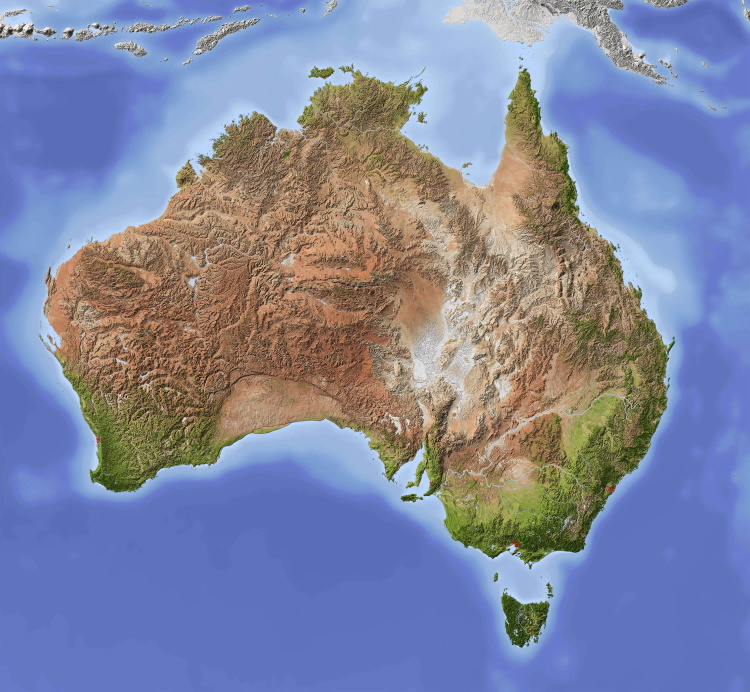Why petrol is costing more at the pump
Petrol price cycles in Australia are highly volatile at the best of times, but Vivek Dhar, mining and energy economist at Commonwealth Bank, said there were two main reasons why petrol prices across the country have surged in the past week.
“One has been a tightening of oil markets, and that’s driven by one resilient demand, as well as OPEC+ supply cuts, which is a group of countries that control about 40 per cent of global supply,” he said.
"That has, for us, been instrumental in driving oil prices higher and tightening oil markets.
“The second factor has been a fall in the Australian dollar … and as the Australian dollar falls, it makes it more expensive to buy petrol.”
Also this seems important:
Those wholesale price movements make up around 85 per cent of what motorists pay at the pump … while the remaining 15 per cent is from retail price movement.
I spotted a servo with fuel for 198c/L last night and pulled in to top up.
Crazy times
My EV still travels 200km for $1 of solar electricity.
Time to stop sucking on OPECs dick people.
If only i could afford an EV …
Ebike?
Not where i live…
Too many murderous psychopaths in huge American pickups here in rural NSW
Unfortunately commercial charging rates make them much less attractive for anyone without both the space and time to charge them at home or lucky enough to work or otherwise spend extended time at a location with slow charging available.
Rates in Melbourne are now approaching $0.70 per kW/h for fast charging which puts things like the Ioniq 6 at about $10 / 100km and most other EVs a little more. You can run an efficient ICE car for that or close to even at current fuel prices, and spend a hell of a lot less on buying it.
A DC fast charger costs something like $60,000. Fast charging is probably always going to be substantially more expensive than slower charging.
We need more slow charging installed in parking garages and shopping centres.
Slow charging needs to be basically ubiquitous. Even on street parking should provide for it in busier areas. Particularly where on street parking is your only parking at home.
Just saw the most interesting bodgy setup in Brunswick, with the charging cable ran through the stormwater drain leading to the house.
Yeah fairly common to see in the inner west now as well. People don’t have a tonne of choice but it’s not particularly safe, either electrically or for pedestrians who may not necessarily be able to navigate over the top of it all.
Very cold areas already have power outlets all over car parks, because the petrol cars need to plug in their electric engine block heaters otherwise they won’t start.
Nothing stopping us from doing the same.
People who can only afford used cars are still priced out for the moment. You’d be crazy to buy a new ICE car at this point, however.
This is the best summary I could come up with:
Since the federal government’s halving of the fuel excise ended last September, the national average weekly petrol price had been hovering around of 175 to 180 cents a litre.
The AIP’s latest weekly report also showed the average national price for diesel hit a near eight-month high of 206.9 cents a litre.
The chief executive of the Australasian Convenience and Petroleum Marketers Association, Mark McKenzie, said those international factors were responsible for driving up the wholesale price.
Although oil price movements have not risen as aggressively as analysts first expected, any relief at the petrol pump is unlikely for the next few weeks, Mr Dhar said.
Mr Dhar said the weakening of the Australian dollar coupled with the current status of the oil markets would keep petrol prices higher on average.
Mr McKenzie agreed that petrol prices will remain elevated, based on current market conditions, and said it was hard to predict when relief might flow through.
I’m a bot and I’m open source!






